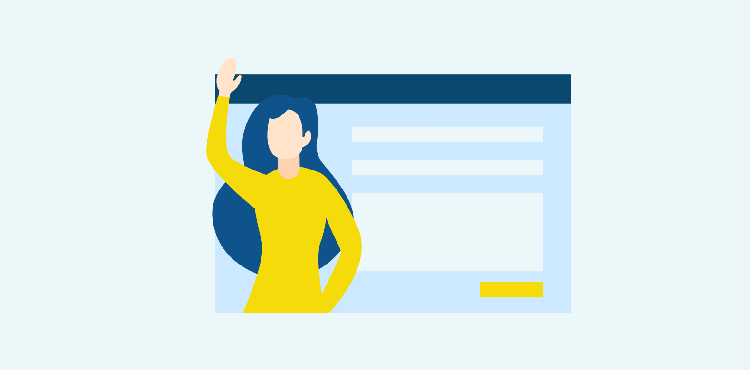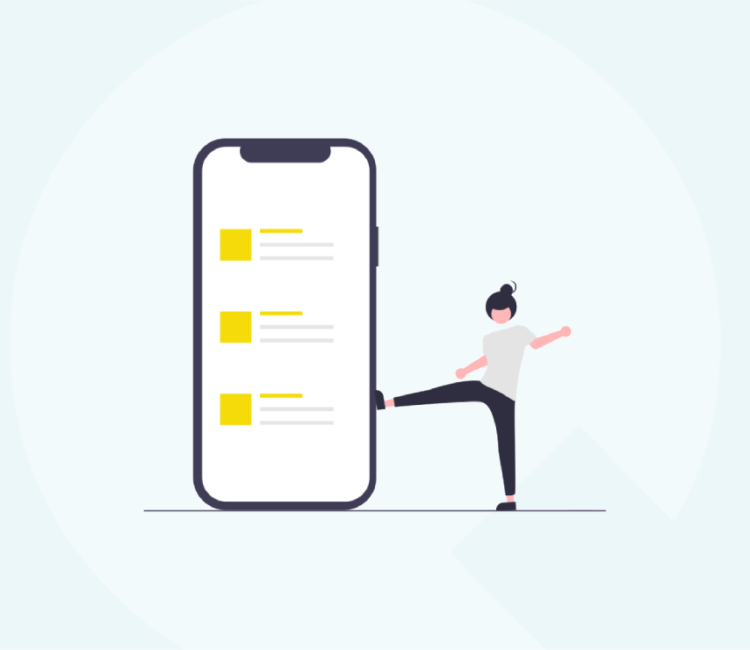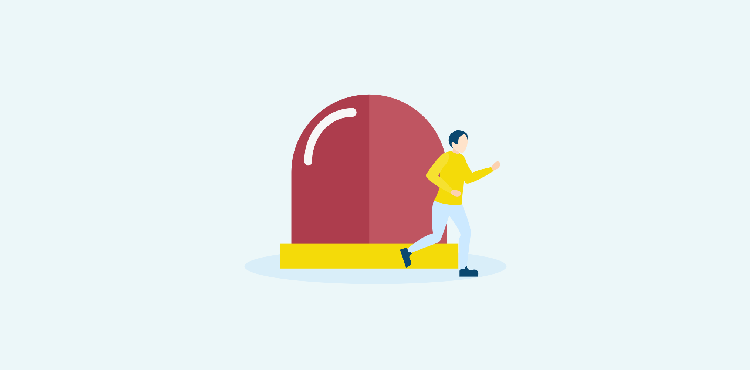When you plan on being more productive, the obvious next step is analysing your current schedule so you can cut loose things that waste your time. You remove nonessentials from your life and spend hours thinking about which other tasks you could delete from the calendar that will help you become more productive.
It’s all about squeezing in as many things as possible in as little time as possible, right? This squeeze is otherwise known as time management and is supposedly designed to make you more productive.
We will explain why time management is not as effective for productivity as attention management is.
The problem with time management
The biggest problem with time management is it only ends up making one feel off worse. The number of hours in a day is set and time management starkly shows up the hours we just wasted.
Time management assumes we have control over time. We don’t.
According to psychologist Adam Grant, “Attention management is the art of focusing on getting things done for the right reasons, in the right places and at the right moments.”
The focus should be on task completion and working on it when you’re motivated.
Regardless of how we spend the day, time’s not stopping for anyone. Another thing is—we tend to underestimate the time it will take for us to do something. Both of these factors make time management futile.

Instead, if we focus on getting things done and prioritising the most important tasks ahead of us, that lifts us immediately.
We become aware of the most important project and organisational goals we need to accomplish. Being able to complete them fills us with a sense of accomplishment.
The myopic focus on time distracts us from the goal
This article is about productivity. Look hard and you can almost see the halo around productivity. And why wouldn’t it have one? We worship productivity.
But being productive just for the sake of productivity isn’t going to help you feel better. Squeezing in as many tasks and racing to complete them shouldn’t be the goal.
The goal should be to spend your time completing the most important tasks.
Time management dictates we plan the exact time and day when we want to start something such as— writing an article, creating a Website or designing a landing page at 10 am.
But if you decide not to begin doing that work at that time, what’s to stop you? Instead of trying to control time with a tight leash, the control should be on your attention. Instead of forcing yourself to start something at a point in time, wouldn’t it be better if you aim to complete a goal?
According to Maura Nevel Thomas, author of Attention Management, “Time is not our problem, as we all have the same twenty-four hours in a day, and we can’t control time. Our problem now is one of distraction—from our ever-present technology and its ability to deliver communication and information to us in unlimited ways all the time. And since distraction is our problem, ‘time management’ is not the solution. The antidote to distraction is attention.”
Maria explains in her book that the world around us conspires to steal our attention. Here’s an infographic from Venngage that explains the same. The key with attention management is to determine which distractions might come your way and stop them from ruining your attention. The goal is to accomplish what you started by directing your entire attention to the task.
Trying to control time is like trying to hold water. It’s not possible. What you can do is control attention.
How can you do this?
Start by understanding the different states of your mind for managing attention
At any point in your day, you can either be distracted, focused, or daydreaming. Let’s examine these states.
Being distracted
Most people are in a constant state of flux throughout the day. They try to concentrate but Email and phone notifications, phone calls, and people coming by your desk are all distractions.
In this state of flux, we start many things and attempt to complete them, while distracted.
This isn’t the best state to be in to meet your goals.
Being mindful
This is the mindful state when you are in the zone. Here you devote your entire attention to the task at hand. You are focused on completing your tasks.
You do everything to ensure that you are not disturbed and make sure your attention stays on the tasks at hand.
Daydreaming
Daydreaming is when your mind isn’t particularly occupied with anything. You’re not hard-pressed to find a solution. You are in between something—waiting for the bus, for someone’s arrival, or switching between TV channels.
These dull moments are filled with daydreams, where you let your mind wander. During these times we might often get new ideas, our creativity blossoms, and new insights appear.
Productivity is equated to squeezing in as many tasks as possible within the shortest time frame. However, sometimes not doing something by letting your mind wander can be productive. When unoccupied we might find creative solutions to our problems that we don’t have solutions for when thinking hard about them.
We can seamlessly transcend any of these states during a day.
Determining your state of mind is how you know if you can commit to a task and see it to completion. This also gives you control over where you direct your attention.
Knowing how your mind is occupied is the first step toward managing attention properly. Two, you need to decide which state of mind is ideal for the task you need to do. Then shift your mind to that state.
To do this properly start by paying attention to your energy levels and your motivation levels during the day. Listen to the mind and body and delegate easy tasks to times in the day when you’re distracted. Dedicate the harder tasks to times when you are motivated and rested.
Being mindful is the general state when you want to finish work. And it’s not always easy when there’s work to complete. You’re tired, sleepy, and your co-workers haven’t been easy on you either.
You need to acknowledge that people will always interrupt you. Telling them to give you some time is the ideal way to overcome this. Do not let distractions control you. Recognise your state of mind and take back control of the environment.
Let’s go over the next steps.

Image: Pexels
Take more control over your environment for attention management
Stopping all distractions isn’t going to work for everyone. However, it’s possible to exert some control over the environment.
Manage what you can control like the sound settings on your phone, when you switch it off, and when people come over to your desk. Also, keep snacks and water near your desk.
Attention management is not about stopping cold turkey. It’s a conscious decision that you’re not going to be swayed by a TV series or funny cat videos.
You also have control over lighting and other ambient sounds to some degree. All these factors can aggregate towards demanding more of your attention only if you allow them to.
Break down the tasks
Seeing a big task as the sum of its parts improves productivity.
When you choose to do a task after taking care of all potential distractions here’s a good way to plow through them.
If the task is too big to complete in one sitting, assign breakpoints to the task and work on it until you reach that point, no matter what.
When you are done with the breakpoints you can reward yourself with some time off. And proceed to the next breakpoint.
These attainable parts deserve full attention while you’re working on them until all the parts are done. Consider setting a timer that prevents you from losing attention from the task at hand—this motivates you to complete the work within the timeframe.
Build new habits
Maintaining your attention on one goal isn’t easy. You need to practice this constantly.
Modern technology and social media apps are all designed to keep us as distracted as possible.
Smartphones and the constant news cycle online have made it incredibly hard for us to focus. That’s why we need to cultivate a habit of paying attention.
That’s why we need to stop ourselves from moving away from the task at hand to clear notifications, check emails, or to turn on the TV.
You need to build your ability to stay focused for extended periods.
Here’s how you can do this:
Increase focus gradually
The best way to build attentiveness is by building your focus gradually. It’s going to be extremely difficult to move from having no focus on any task and jump to staying focused throughout the day at one go. Try staying focused for 30 minutes and then extend the time every day till you reach the desired goal.
Take breaks
It’s important to take breaks. Trying to complete a task by focusing throughout the day can burn you out. Instead, aim for 30 to 45 minutes of work and then take a small break.
Change working hours
If you’re in a position where you can change working hours, choose a time where you face the least number of interruptions.
Distractions chip away at your ability to focus and destroy your attention span. This you must not allow.
When you get greater control over these aspects, you can improve your attention span.
In Summary
Productivity must not be thought of as something where you manage time.
Time management is a failing concept and with good measure. It generates the illusion that time is something we can control or know how to deal with. That’s hardly true.
Time shouldn’t be the sole thing that determines the order or the pace of you doing something. Attention management is.
Appointments, events, and deadlines are managed through their order of importance. By managing your attention, you will get more things done.
About the Author
George is a writer and blogger who has several years of experience creating long-form content for SaaS brands. He blogs at Kamayobloggers.com



